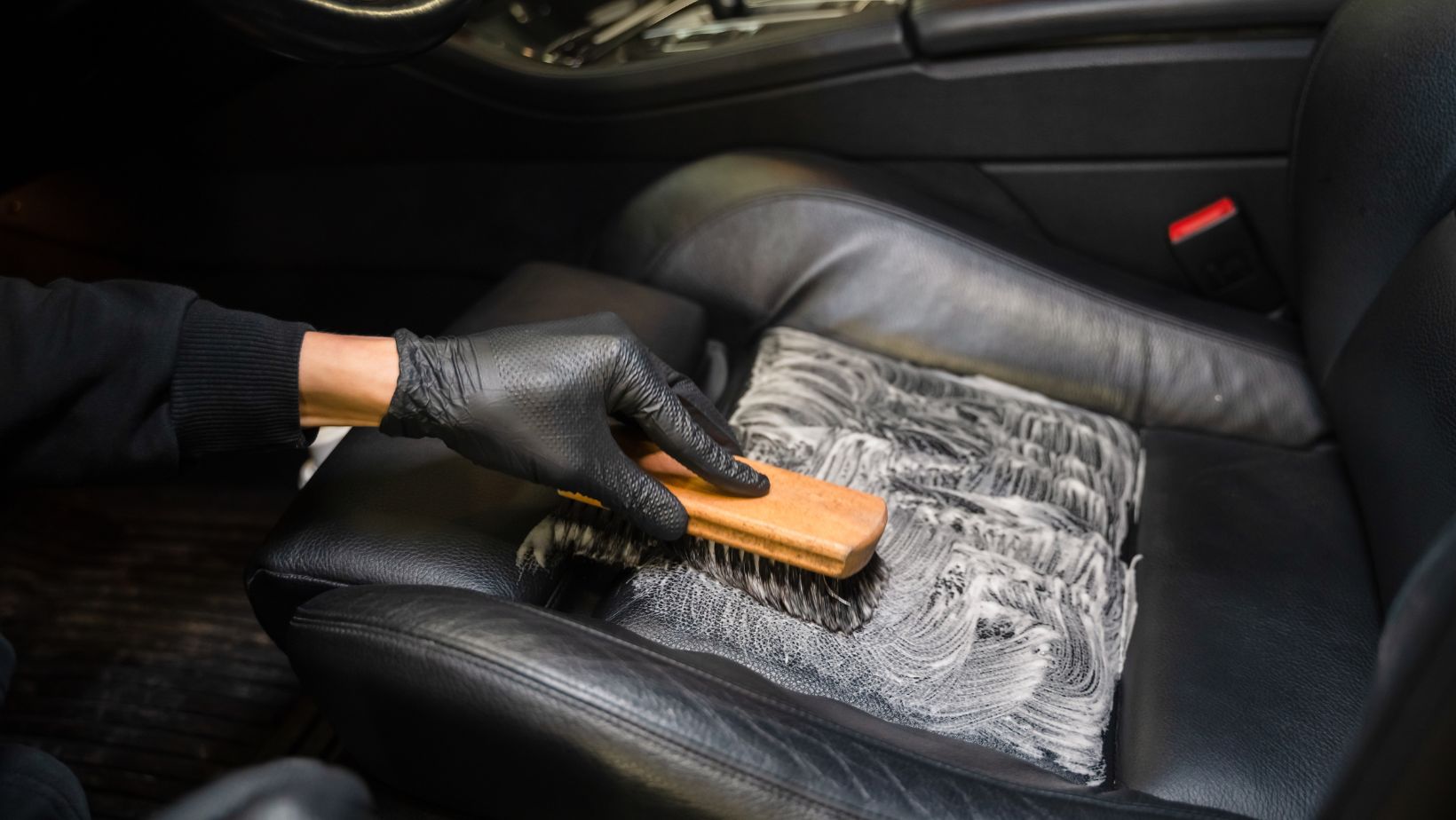Car Seat Foam Repair
If you’re dealing with worn-out or damaged car seat foam, you may be wondering if it’s possible to repair it. The good news is that in many cases, car seat foam can be effectively repaired, saving you the cost of replacing the entire seat. In this article, I’ll walk you through the process of car seat foam repair and provide some tips to help you get started.
One common issue with car seat foam is sagging or compression over time. This can lead to an uncomfortable seating experience and decreased support for your back and legs. Fortunately, there are a few methods you can try to restore the shape and firmness of your car seat foam.
Depending on the severity of the damage, simple solutions such as adding extra padding or using specialized foam inserts might be enough to fix minor issues. For more significant damage like large tears or deep indentations, a more thorough repair involving removing and replacing sections of the foam may be necessary.
Visible Tears and Cracks
When it comes to assessing the condition of your car seat foam, visible tears and cracks can be clear indicators of damage. Take a close look at the surface of the foam for any signs of wear and tear. Are there noticeable splits or breaks in the material? These visible tears not only compromise the aesthetics of your car seat but also indicate potential structural issues. Over time, constant use, exposure to sunlight, or extreme temperatures can lead to the deterioration of foam integrity.
To provide a better understanding, let’s say you notice a long crack along one side of your car seat foam. This type of damage can weaken the overall support and cushioning that the foam provides. As a result, sitting on such a damaged seat may feel uncomfortable and even unsafe for both short commutes and longer journeys.

Sinking or Uneven Cushioning
Another telltale sign that your car seat foam may need repair is when you begin experiencing sinking or uneven cushioning. Have you noticed that certain areas seem softer than others? Or does it feel like you’re sinking too deep into the seat compared to before? This could be an indication that your foam has lost its resilience and is no longer providing adequate support.
Imagine driving down a bumpy road with an unevenly cushioned car seat. The lack of consistent support may cause discomfort during your drive, leading to fatigue and even potential back pain over time. It’s important not to ignore these signs as they can impact both your comfort level and overall driving experience.
Loss of Firmness
A loss of firmness is yet another sign that your car seat foam may require attention. If you find yourself sitting on a once-firm seat that now feels noticeably soft or saggy, it’s likely time for some maintenance work. Over years of use, repeated pressure on the foam can cause it to break down and lose its original shape and density.
Think about it this way: imagine sitting on a car seat that offers little to no support due to the loss of firmness in the foam. Your body may not be properly aligned, leading to poor posture and potential discomfort during long drives. It’s essential to address this issue promptly to ensure your safety, comfort, and overall well-being while driving.
By familiarizing yourself with these signs of car seat foam damage, you’ll be better equipped to identify when repair or replacement is necessary. Remember, a well-maintained car seat not only enhances your driving experience but also plays a crucial role in ensuring your safety on the road.
In conclusion, when faced with extensive damage, concerns about structural integrity, lack of specialized knowledge or expertise, or time constraints, it’s advisable to seek professional help for repairing your car seat foam. Their skills and experience will ensure a successful restoration while saving you time and effort in the process.








































